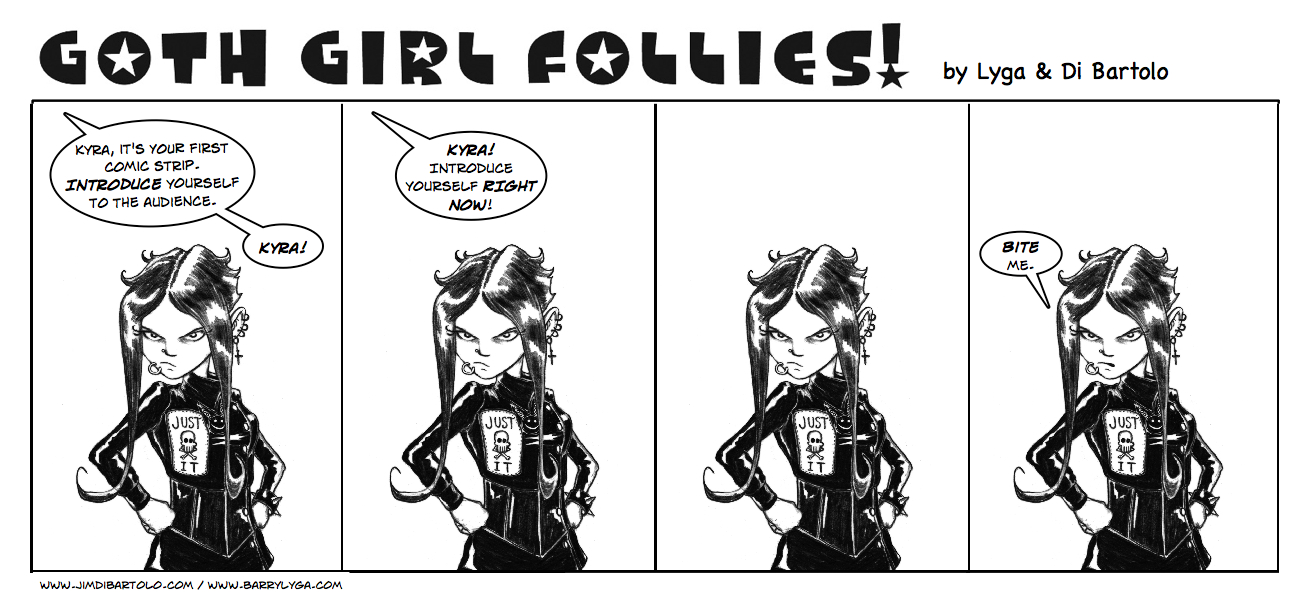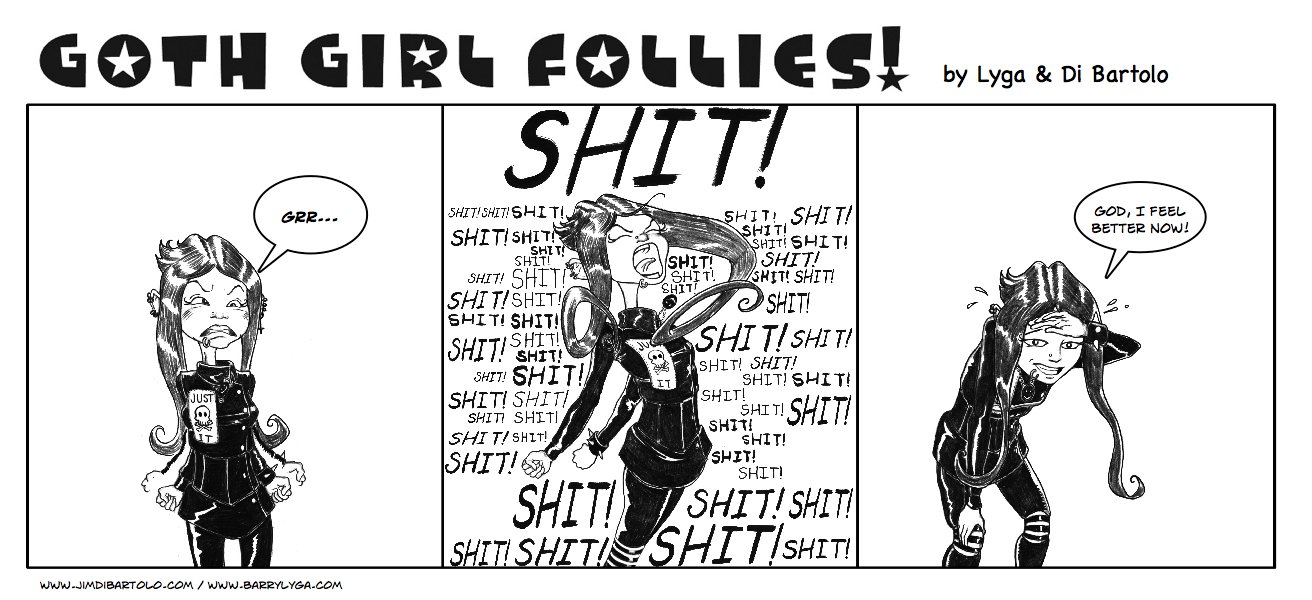The power of comics is clearly seen in the reemergence of young adult literacy. When I was student teaching, my students would spend recess (and other times too) swapping copies of Fruit Basket and other Manga comics, excited to share the characters' con
 tinued adventures. Bored with all other reading material, they found kindred spirits in the comics. In this environment I had the arduous task of teaching The Hobbit by J.R.R. Tolkien, his lesser work, but harder to grasp than the Lord of the Rings trilogy. Trying to find ways to make Middle Earth, magic, and rings relevant to my students was difficult. Even after I included music, performances, and art into the lessons, the students struggled with understanding Tolkien's fantastic world. Only after I finished student teaching did I discover a graphic novel version of The Hobbit that would have engaged my highly visual students and helped them understand the text. Those who are opposed to comics argue that graphic novels 'dumb down' the content and take away the students' participation from imagining the world within the novels. However, this is what makes comics and graphic novels stand out from filmed adaptations of literature. While comics give readers clarity, the readers are still required to actively read it and fill in gaps with their imagination. Due to the structure of graphic novels, artists may use more abstract styles to draw characters, setting, or action, which allow students to expand upon the artists' work with their own minds. Instead of being limited by the specific panels of the story, students imagine the world that expands beyond the boundaries of the pages.
tinued adventures. Bored with all other reading material, they found kindred spirits in the comics. In this environment I had the arduous task of teaching The Hobbit by J.R.R. Tolkien, his lesser work, but harder to grasp than the Lord of the Rings trilogy. Trying to find ways to make Middle Earth, magic, and rings relevant to my students was difficult. Even after I included music, performances, and art into the lessons, the students struggled with understanding Tolkien's fantastic world. Only after I finished student teaching did I discover a graphic novel version of The Hobbit that would have engaged my highly visual students and helped them understand the text. Those who are opposed to comics argue that graphic novels 'dumb down' the content and take away the students' participation from imagining the world within the novels. However, this is what makes comics and graphic novels stand out from filmed adaptations of literature. While comics give readers clarity, the readers are still required to actively read it and fill in gaps with their imagination. Due to the structure of graphic novels, artists may use more abstract styles to draw characters, setting, or action, which allow students to expand upon the artists' work with their own minds. Instead of being limited by the specific panels of the story, students imagine the world that expands beyond the boundaries of the pages. I experienced this feeling when I read Volume I of the Twilight graphic novel. I admit that I had my hesitations, and wondered why the Twilight oeuvre needed another contribution. However, I was blown away by the results. The finished product is breathtakingly beautiful and each page stands out as its own work of art. Young Kim, the artist and adapter of Twilight, is a master of design, color, and content. Illustrated in mostly black and white, Kim deliberately includes color to evoke subtle emotional responses. As Bella leaves Arizona, the pages fade from a warm sepia to a stark black and white. When Edward finally reveals himself to her, the setting is bathed in lovely green and gold, sparkling with sunlight and possibilities. In Wizard of Oz fashion, Bella and Edward are made technicolor by his confession. Stephanie Meyer wrote in the introduction that the "art made [Twilight] fresh again" and I couldn't agree more. After reading it, I nostalgically remembered my first taste of Twilight and wanted to rediscover this captivating world. It made me want to reread the entire series.
I experienced this feeling when I read Volume I of the Twilight graphic novel. I admit that I had my hesitations, and wondered why the Twilight oeuvre needed another contribution. However, I was blown away by the results. The finished product is breathtakingly beautiful and each page stands out as its own work of art. Young Kim, the artist and adapter of Twilight, is a master of design, color, and content. Illustrated in mostly black and white, Kim deliberately includes color to evoke subtle emotional responses. As Bella leaves Arizona, the pages fade from a warm sepia to a stark black and white. When Edward finally reveals himself to her, the setting is bathed in lovely green and gold, sparkling with sunlight and possibilities. In Wizard of Oz fashion, Bella and Edward are made technicolor by his confession. Stephanie Meyer wrote in the introduction that the "art made [Twilight] fresh again" and I couldn't agree more. After reading it, I nostalgically remembered my first taste of Twilight and wanted to rediscover this captivating world. It made me want to reread the entire series.
This desire counters the argument that graphic novels cause us to lose sight of the original pieces and make us lazy. I think that reading adaptations reveals new layers of the original piece and inspires people to reread them. I just read Tim Hamilton adaptation of Ray Bradbury's Fahrenheit 451, a gorgeous and provocative retelling of the classic, and a tongue in cheek reminder of the message of the text. (Interestingly, in the original book, Bradbury wrote "No wonder books stopped selling, the critics said. But the public, knowing what it wanted, spinning happily, let the comic books survive.") After I read it, I wanted to know more, to read the original and get deeper into Montag's mind and emotions. Bradbury's fears that television and mass media would eliminate readership may have come to pass, but graphic novels like this one prove that thoughtful, critical readers still exist.
 No discussion about graphic novels would be complete without mentioning master storyteller, Barry Lyga, who branched out from writing comics to writing about comics. The action in his novel The Astonishing Adventures of Fanboy and Goth Girl centers around Donnie, aka Fanboy, who secretly works on a complex graphic novel called Schemata in the hopes that publishing it will free him from his 'so-called' life. This isn't melodramatic; Fanboy has plenty of challenges including divorce, a step-father, pregnant mother, and bullies. It is only when he meets Kyra, aka Goth Girl, a brash, fearless, sarcastic girl who encourages his art, that his situation begins to shift. In the sequel, Goth Girl Rising, the reader gets to know Kyra better, especially in her emotionally charged letters to Neil Gaiman, author of the Sandman comics, a must-read for any true fan. Throughout both novels, Schemata is central to the plot and development of the characters. As Donnie and Kyra change, so does Schemata. Not only do the novels themselves read like comics, with the reader desperate to read the next page, but Barry Lyga and Jim Di Bartolo created a series of comic strips called "Goth Girl Follies" for those of us who can't get enough of our favorite cynic. (Believe me, once you read Goth Girl Rising, you will want to be Kyra!) These comic strips enhance what is already an incredible novel, and yeah, they're also funny. Click on the comic strips to enlarge them and check out the rest of the "Goth Girl Follies".
No discussion about graphic novels would be complete without mentioning master storyteller, Barry Lyga, who branched out from writing comics to writing about comics. The action in his novel The Astonishing Adventures of Fanboy and Goth Girl centers around Donnie, aka Fanboy, who secretly works on a complex graphic novel called Schemata in the hopes that publishing it will free him from his 'so-called' life. This isn't melodramatic; Fanboy has plenty of challenges including divorce, a step-father, pregnant mother, and bullies. It is only when he meets Kyra, aka Goth Girl, a brash, fearless, sarcastic girl who encourages his art, that his situation begins to shift. In the sequel, Goth Girl Rising, the reader gets to know Kyra better, especially in her emotionally charged letters to Neil Gaiman, author of the Sandman comics, a must-read for any true fan. Throughout both novels, Schemata is central to the plot and development of the characters. As Donnie and Kyra change, so does Schemata. Not only do the novels themselves read like comics, with the reader desperate to read the next page, but Barry Lyga and Jim Di Bartolo created a series of comic strips called "Goth Girl Follies" for those of us who can't get enough of our favorite cynic. (Believe me, once you read Goth Girl Rising, you will want to be Kyra!) These comic strips enhance what is already an incredible novel, and yeah, they're also funny. Click on the comic strips to enlarge them and check out the rest of the "Goth Girl Follies".
* This is my favorite one - for obvious reasons.

It's not really YA literature, but I couldn't pass up an opportunity to mention Comic Book Tattoo, a collection of comics from some of the most talented artists based on songs by Tori Amos. Each interpretation reminds me of why her music resonates with me and inspires me to create my own art.




No comments:
Post a Comment
Note: Only a member of this blog may post a comment.